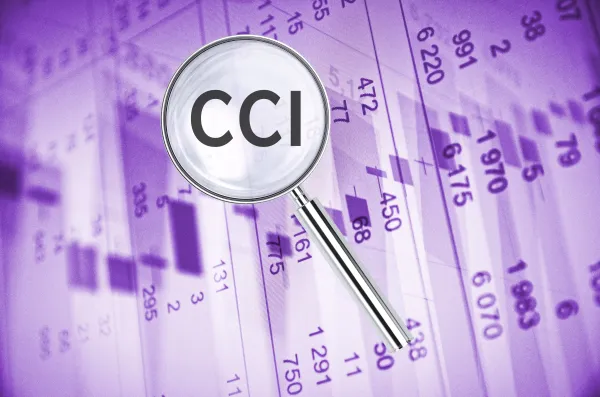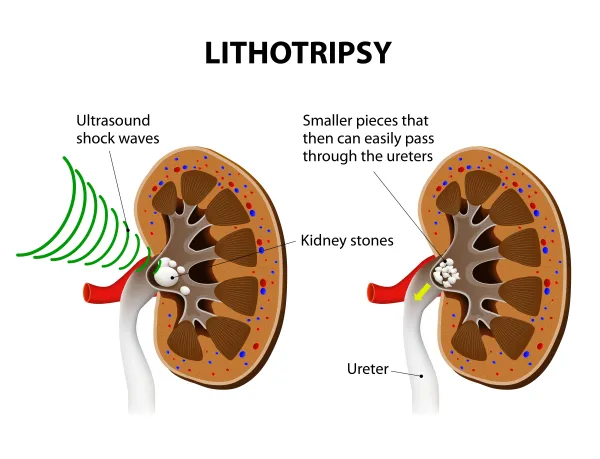5 FAQs Solve All of Your Prostatitis ICD-10-CM Coding Conundrums
If the prostatitis is bacterial, report an additional code from B95- B97. Your practice probably sees multiple patients for prostate-related pain. When a patient has prostatitis, which means their prostate is swollen, tender, and inflamed, you must check the medical documentation for specific details. For example, you need to know whether the prostatitis is acute or chronic. Answer the following questions to always submit clean prostatitis claims in your practice. Learn Different Types of Prostatitis FAQ 1: What are the different specific types of prostatitis? Answer: The four types of prostatitis are as follows: Don’t miss: Prostatitis can be bacterial or nonbacterial. It can also be acute or chronic. Acute versus chronic prostatitis: Common strains of bacteria often cause acute bacterial prostatitis. This infection may start when bacteria in the patient’s urine leaks into their prostate. On the other hand, if the antibiotics don’t get rid of the bacteria prostatitis, it may recur or be difficult to treat as chronic prostatitis. Chronic prostatitis is prostate inflammation that lasts for at least three months. Nonbacterial prostatitis: If the prostatitis is nonbacterial, the prostate may be inflamed but uninfected. Nerve damage in the lower urinary tract, caused by surgery or trauma, can cause nonbacterial prostatitis. Nonbacterial prostatitis is divided into two types: prostatitis with inflammatory cells in semen or urine and prostatitis with no signs of inflammatory cells. Rely on N41.0 for Acute Prostatitis FAQ 2: What ICD-10-CM code should I report for acute prostatitis? Answer: You should report N41.0 (Acute prostatitis) for acute prostatitis. If the acute prostatitis is bacterial, you should report the appropriate code from B95-(Streptococcus, staphylococcus, and enterococcus as the cause of diseases classified elsewhere) through B97- (Viral agents as the cause of diseases classified elsewhere) to identify the infectious agent, if known. Turn to N41.1 for Chronic Prostatitis FAQ 3: What ICD-10-CM code should I report for chronic prostatitis? Answer: You should report N41.1 (Chronic prostatitis) for chronic prostatitis. Don’t miss: If the chronic prostatitis is bacterial, you should use an additional code from categories B95- through B97- to identify the infectious agent, if known. Pinpoint Common Prostatitis Symptoms FAQ 4: What are common symptoms of prostatitis? Answer: Symptoms of prostatitis include pain in the penis, testicles, groin, perineum, or over the bladder. The patient’s urinary stream may be slower or interrupted. They may void more frequently or with greater urgency. Patients may also have cloudy urine or blood in the urine. Sometimes there is difficulty with erection and possibly pain during or after ejaculation. Patients with bacterial prostatitis may also experience flu-like symptoms. Focus on Treatment Options FAQ 5: What are common treatment options for prostatitis? Answer: The patient’s prostatitis treatment will depend on their symptoms, lab tests, and what the urologist found during their office visit. The treatment also depends upon the type of prostatitis the patient has. For example, your urologist will give a patient with acute bacterial prostatitis antibiotics to take for at least 14 days. If the patient has problems with urinating, your urologist may use a catheter to drain their bladder. On the other hand, a patient with chronic bacterial prostatitis would take antibiotics for four to 12 weeks. Urologists may also use alpha-blockers to help relax a patient’s muscles around their prostate and the base of their bladder, says Michael A. Ferragamo, MD, FACS, clinical assistant professor of urology, State University of New York, Stony Brook. This will aid in their voiding. Also, anti-inflammatory drugs may reduce the patient’s pain from the inflammation in the prostate or muscles. Some urologists may also recommend lifestyle changes like weight loss and diet changes to alleviate the pain from prostatitis. Some patients may benefit from cutting out spicy or acidic foods, and caffeinated, fizzy, or alcoholic drinks. Drinking more water and eating more fresh foods and less sugar may also help.





